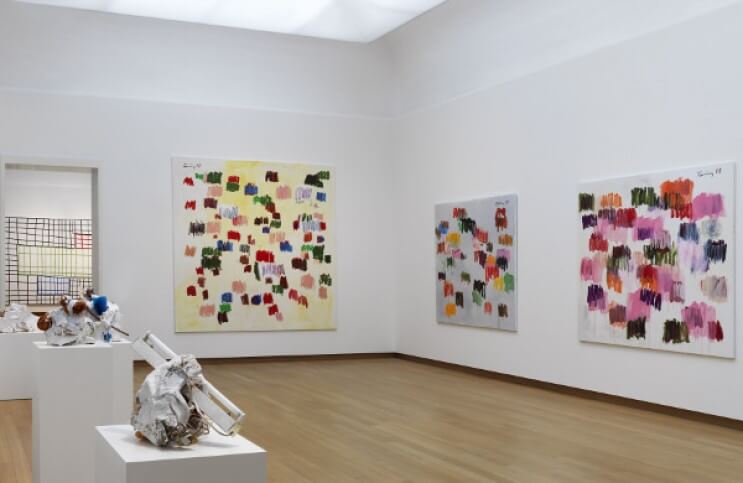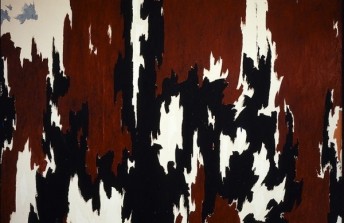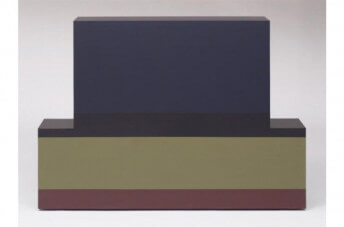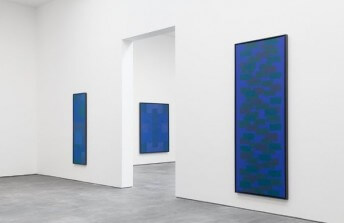Günther Förg and the Fragile Beauty of Rebellious Art
Jun 4, 2018
This year is the fifth anniversary of the death of German artist Günther Förg. Marking the occasion, The Stedelijk Museum Amsterdam has organized a major survey of his entire career titled Günther Förg: A Fragile Beauty, which is on view through 14 October 2018. The exhibition explores several distinct areas of interest Förg pursued over the course of his thirty year career, and includes examples from at least eight completely unique bodies of work. As is immediately evident in this show, Förg was what we would call today a multi-disciplinary artist. But he never considered himself as much. He saw no point in dwelling on the differences between different mediums. He just called himself an artist. He even admitted that the only reason he went from one medium to the other was out of a simple desire to keep himself interested in working—he needed a change once in a while to stop from getting bored. Yet while he was alive, his multi-disciplinary practice was one of many things about Förg that was misunderstood by critics. Because he employed multiple mediums, Förg was assumed to have been critiquing the limitations of each. He was lumped into a generation of Post-Modern artists who were using a multi-disciplinary approach in order to challenge established definitions of art. Furthermore, because his work referenced aesthetic tendencies from the past, critics also assumed he was trying to be ironic about Modernism, or about art history in general. What they misunderstood about him, and what this survey goes to some lengths to bring to light, is that Förg was not really trying to be ironic or critical at all. He was not a Post-Modernist. He was an inquisitive, sincere artist whose thinking went far deeper than he was ever given credit for, and his open ended approach to the creation of art established a legacy that has still not been fully understood.
A Rebellious Art
Förg is often referred to as a rebellious artist, for several reasons. First of all there is the brutish nature of his brush strokes. His technique has been called lazy or sloppy by some critics, especially in America, who misinterpret anything that was quickly made as sarcastic or simplistic. Second of all, Förg is considered a rebel because so many of his various bodies of work seem to reference the works of other famous artists. For example, he made paintings that seem to reference the zip-paintings of Barnett Newman, and the Color Field paintings of Mark Rothko, and the ragged-edged abstractions of Clyfford Still. And finally, he is considered a rebel because of the content certain critics perceive in his photographs, the most famous of which examine the crumbling contemporary remains of early Modernist architecture.

Günther Förg A Fragile Beauty, installation view, 2018, Stedelijk Museum Amsterdam. Photo: Gert Jan van Rooij
And while it may in fact be true that Förg was a rebel, it is not for the reasons the critics assumed. While he was still alive, he shared his sincere reasons for working the way that he did. His quick, gestural painting style was simply an attempt to do as little as possible to his surfaces, so that the materials on which he was painting could express their own distinctive personalities. Whenever he imitated the paintings of Modernist masters like Newman, Rothko, and Still, he was investigating what it was about their mature voices that appealed to him so much. He was not copying or mocking them—rather, he was trying to reduce their vision to its essence in order to understand it on a visceral, personal level. And when he photographed those old Modernist buildings, he was not commenting, as one critic said, on the crumbling values of Modernism. He was merely, as he said, using “photography as an emotional vehicle.” He liked the look of those buildings. He thought they represented good architecture. He photographed them exactly as they were at that moment in time. This was not criticism or irony. It was much more direct than that.
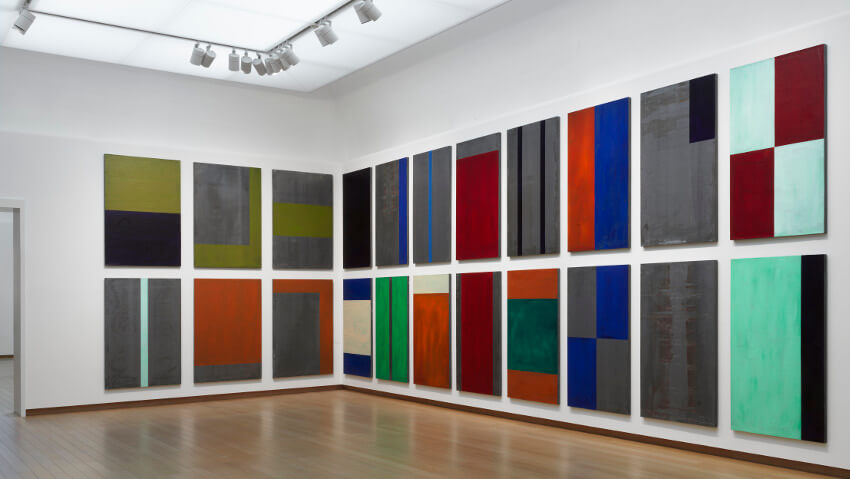
Günther Förg A Fragile Beauty, installation view, 2018, Stedelijk Museum Amsterdam. Photo: Gert Jan van Rooij
Fragile Understanding
What is most important about Günther Förg: A Fragile Beauty is that the exhibition ignores previous attempts to diminish this artist and instead willfully complicates any attempt to easily understand his oeuvre. It shows his work in the correct context, as he himself would have showed it. His architectural photos are exhibited high up on the wall, so viewers can look up at the pictures from an extreme perspective, bringing to the gallery the same sense of scale, space, and emotional awe that the photographer first felt when he took the pictures. His abstract paintings, which taken individually might seem like shoddy reproductions of the works of his Modernist fore-bearers, are exhibited together in monumental style, lending them the confident presence to be seen as the authoritative aesthetic statements they truly are. His sculptural masks are exhibited such that they can express their main concerns—materiality and experimentation—which viewers will now hopefully realize were the two most important driving factors that inspired most everything that Förg made.
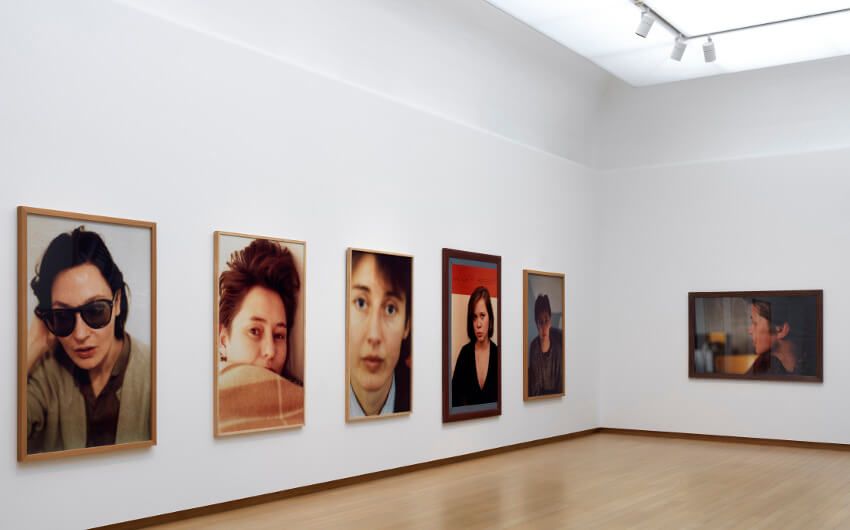
Günther Förg A Fragile Beauty, installation view, 2018, Stedelijk Museum Amsterdam. Photo: Gert Jan van Rooij
Of course, inevitably, whenever we interpret the past we let reflections of our own world get in the way of our understanding of the world gone by. And it is only natural to interpret the present through a kind of “creative misunderstanding” of it, often over-simplifying it in an attempt to contextualize where we fit in with it. Förg pursued this notion in his own idiosyncratic ways, and by doing so he showed us the importance of valuing what exists now simply and sincerely for what it actually is. As we look back over the diverse oeuvre he left behind, it is important to remember how he approached the surfaces, mediums, and techniques that informed his work. Instead of overthinking his legacy, or painting our own layers on top of it, like the aluminum or lead surfaces on which he painted we must, as he said, conduct only “the smallest intervention,” so that the natural beauty of the material is allowed to come through.
Featured image: Günther Förg A Fragile Beauty, installation view, 2018, Stedelijk Museum Amsterdam. Photo: Gert Jan van Rooij
By Phillip Barcio
